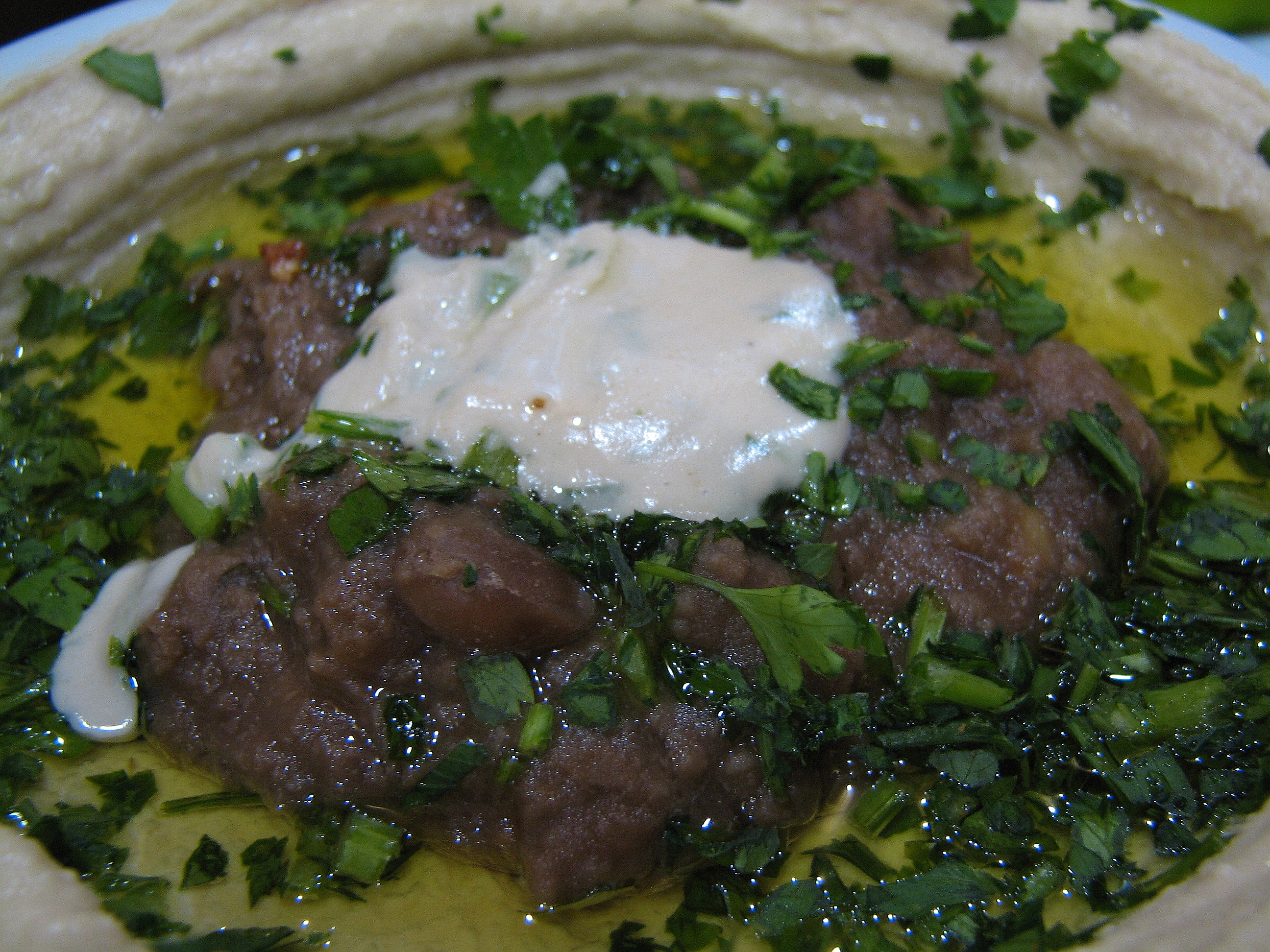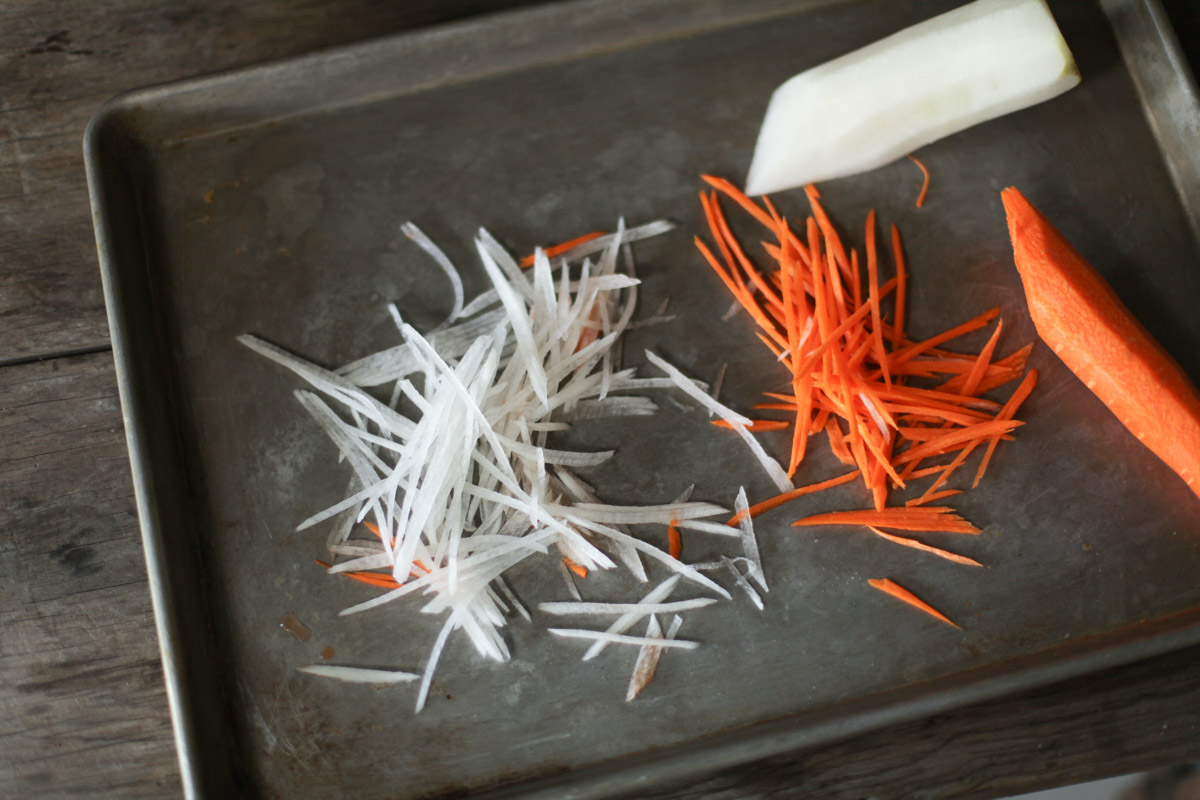|
Liangfen
''Liangfen'' (), also spelled ''liang fen'', is a Chinese legume dish consisting of starch jelly that is usually served cold, with a savory sauce, often in the summer.Wilson, Ernest Henry; Sargent,Charles Sprague. (1914''A naturalist in western China, with vasculum, camera, and gun''Methuen & co., ltd. p. 63 It is most popular in northern China, including Beijing, Gansu,''Lanzhou Restaurants'' China Connection Tours and , but may also be found in and |
Jidou Liangfen
''Liangfen'' (), also spelled ''liang fen'', is a Chinese legume dish consisting of starch jelly that is usually served cold, with a savory sauce, often in the summer.Wilson, Ernest Henry; Sargent,Charles Sprague. (1914''A naturalist in western China, with vasculum, camera, and gun''Methuen & co., ltd. p. 63 It is most popular in northern China, including Beijing, Gansu,''Lanzhou Restaurants'' China Connection Tours and , but may also be found in and |
Beijing Cuisine
Beijing cuisine, also known as Jing cuisine, Mandarin cuisine and Peking cuisine and formerly as Beiping cuisine, is the local cuisine of Beijing, the national capital of China. Background As Beijing has been the capital of China for centuries, its cuisine is influenced by culinary traditions from all over China, but the style that has the greatest influence on Beijing cuisine is that of the eastern coastal province of Shandong.Wang, Juling, ''Famous Dishes of Famous Restaurant in Beijing'', Golden Shield Publishing House in Beijing, December, 2000, Xu, Chengbei, ''Ancient Beijing, Customs of the General Populace of Ancient Beijing'', Jiangsu Fine Arts Publishing House in Nanjing, September, 1999, Hua Mengyang and Zhang Hongjie, ''Lives of the residents of Ancient Beijing'', Shandong Pictorial Publishing House in Jinan, June, 2000, Du, Fuxiang and Guo, Yunhui, ''Famous Restaurants in China'', China Tourism Publishing House in Beijing, 1982 Beijing cuisine has itself, in turn, als ... [...More Info...] [...Related Items...] OR: [Wikipedia] [Google] [Baidu] |
Muk (food)
''Muk'' is a Korean food made from grains, beans, or nut starch such as buckwheat, sesame, and acorns and has a jelly-like consistency. Muk has little flavor on its own, so muk dishes are seasoned with soy sauce, sesame oil, chopped scallions, crumbled '' gim'', and chili pepper powder, and mixed with various vegetables.Muk at Encyclopedia of Korean Culture Types There are several types of ''muk'': * (도토리묵), made from starch * (메밀묵), made ...[...More Info...] [...Related Items...] OR: [Wikipedia] [Google] [Baidu] |
Sesame Paste
Tahini () or tahina (, ) is a Middle Eastern condiment made from toasted ground hulled sesame. It is served by itself (as a dip) or as a major ingredient in hummus, baba ghanoush, and halva. Tahini is used in the cuisines of the Levant and Eastern Mediterranean, the South Caucasus, as well as parts of North Africa. Sesame paste (though not called tahini) is also used in some East Asian cuisines. Etymology ''Tahini'' is of Arabic origin and comes from a colloquial Levantine Arabic pronunciation of (), or more accurately (), whence also English ''tahina'' and Hebrew ''t'china'' . It is derived from the root , which as a verb means "to grind", and also produces the word , "flour" in some dialects. The word ''tahini'' appeared in English by the late 1930s.Mariposa, ''Hollywood Glamour Cook Book'', 1940, p. 101. ''Tahini'' is a loanword from modern Greek ''tachíni'' () which was originally adopted from the Ottoman Turkish ''"tahin"'' . In Turkish and also in Italian, the ... [...More Info...] [...Related Items...] OR: [Wikipedia] [Google] [Baidu] |
Laping
Laping is a spicy cold mung bean noodle dish in Tibetan cuisine. It is a street food and is popular in Nepal. It can be eaten with red pepper chili, coriander and green onion sauce. The noodles have a slippery texture and are served with a soy sauce gravy. It is traditionally a summer food. A tool is used to shape it. The laping derives from the Sichuan-style liangfen. See also * Cheungfan * Liangfen * Nokdu-muk ''Nokdu-muk'' (, 綠豆- ; "mung bean jelly",) is a Korean '' muk'', or jelly, made from mung bean starch. In its most commonly encountered form, it is also called ''cheongpo-muk'' (, 淸泡-), which literally means "clear froth jelly," owing t ... References External linksLaping makingYouTube video by Mark Wiens September 1, 2013 Laping Tibetan Food: How to make Tibetan-Style Laping: Cold Mung-Bean NoodlesYouTube video YoWangdu Tibetan Culture Tibetan cuisine Nepalese cuisine Legume dishes Mixed noodles {{Tibet-cuisine-stub ... [...More Info...] [...Related Items...] OR: [Wikipedia] [Google] [Baidu] |
Stir Frying
Stir frying () is a cooking technique in which ingredients are fried in a small amount of very hot oil while being stirred or tossed in a wok. The technique originated in China and in recent centuries has spread into other parts of Asia and the West. It is similar to sautéing in Western cooking technique. Scholars think that wok (or pan) frying may have been used as early as the Han dynasty (206 B.C. – 220 A.D.) for drying grain, not for cooking, but it was not until the Ming dynasty (1368–1644) that the wok reached its modern shape and allowed quick cooking in hot oil. Well into the 20th century, while only restaurants and affluent families could afford the oil and fuel needed for stir fry, the most widely used cooking techniques remained boiling and steaming. Stir fry cooking came to predominate over the course of the century as more people could afford oil and fuel, and in the West spread beyond Chinese communities. Stir frying and Chinese food have been recomme ... [...More Info...] [...Related Items...] OR: [Wikipedia] [Google] [Baidu] |
Julienned
Julienne, , or french cut, is a culinary knife cut in which the food item is cut into long thin strips, similar to matchsticks. Common items to be julienned are carrots for , celery for , potatoes for julienne fries, or cucumbers for . Trimming the ends of the vegetable and the edges to make four straight sides makes it easier to produce a uniform cut. A uniform size and shape ensures that each piece cooks evenly and at the same rate. The measurement for julienne is . Once julienned, turning the subject 90 degrees and dicing finely will produce brunoise (). The first known use of the term in print is in François Massialot's (1722 edition). The origin of the term is uncertain. A is composed of carrots, beets, leeks, celery, lettuce, sorrel, and chervil cut in strips a half- in thickness and about eight or ten in length. The onions are cut in half and sliced thinly to give curved sections, the lettuce and sorrel minced, in what a modern recipe would term . The root vege ... [...More Info...] [...Related Items...] OR: [Wikipedia] [Google] [Baidu] |
Carrot
The carrot ('' Daucus carota'' subsp. ''sativus'') is a root vegetable, typically orange in color, though purple, black, red, white, and yellow cultivars exist, all of which are domesticated forms of the wild carrot, ''Daucus carota'', native to Europe and Southwestern Asia. The plant probably originated in Persia and was originally cultivated for its leaves and seeds. The most commonly eaten part of the plant is the taproot, although the stems and leaves are also eaten. The domestic carrot has been selectively bred for its enlarged, more palatable, less woody-textured taproot. The carrot is a biennial plant in the umbellifer family, Apiaceae. At first, it grows a rosette of leaves while building up the enlarged taproot. Fast-growing cultivars mature within three months (90 days) of sowing the seed, while slower-maturing cultivars need a month longer (120 days). The roots contain high quantities of alpha- and beta-carotene, and are a good source of vitamin A, vit ... [...More Info...] [...Related Items...] OR: [Wikipedia] [Google] [Baidu] |
Chili Oil
Chili oil is a condiment made from vegetable oil that has been infused with chili peppers. Different types of oil and hot peppers are used, and other components may also be included. It is commonly used in Chinese cuisine, Southeast Asian cuisine, and elsewhere. It is particularly popular in western Chinese cuisines such as Sichuan cuisine, Hunan cuisine, Guizhou cuisine, and Shaanxi cuisine where it is used as an ingredient in cooked dishes as well as a condiment. It is sometimes used as a dip for meat and dim sum. It is also employed in the Korean Chinese noodle soup dish ''jjamppong''. Chili oil is typically red in color. It is made from vegetable oil, often soybean oil or sesame oil, although olive oil or other oils may be used. Other spices may be included such as Sichuan pepper, garlic, or paprika. Commercial preparations may include other kinds of oil, water, dried garlic, soy sauce, and sugar. Recipes targeted to Western cooks also suggest other popular oil ... [...More Info...] [...Related Items...] OR: [Wikipedia] [Google] [Baidu] |
Lanzhou
Lanzhou (, ; ) is the capital and largest city of Gansu Province in Northwest China. Located on the banks of the Yellow River, it is a key regional transportation hub, connecting areas further west by rail to the eastern half of the country. Historically, it has been a major link on the Northern Silk Road and it stands to become a major hub on the New Eurasian Land Bridge. The city is also a center for heavy industry and petrochemical industry. Lanzhou is one of the top 70 major cities in the world by scientific research output as tracked by the Nature Index. The city hosts several research institutions, including, Lanzhou University, Lanzhou University of Technology, Northwest Normal University, Lanzhou Jiaotong University, Gansu University of Chinese Medicine, and Gansu Agricultural University. Notably, Lanzhou University is one of China's prestige universities as a member of the Project 985. History Originally in the territory of the ancient Western Qiangs, ... [...More Info...] [...Related Items...] OR: [Wikipedia] [Google] [Baidu] |
Chinese Cuisine
Chinese cuisine encompasses the numerous cuisines originating from China, as well as overseas cuisines created by the Chinese diaspora. Because of the Chinese diaspora and historical power of the country, Chinese cuisine has influenced many other cuisines in Asia and beyond, with modifications made to cater to local palates. Chinese food staples such as rice, soy sauce, noodles, tea, chili oil, and tofu, and utensils such as chopsticks and the wok, can now be found worldwide. The preferences for seasoning and cooking techniques of Chinese provinces depend on differences in historical background and ethnic groups. Geographic features including mountains, rivers, forests, and deserts also have a strong effect on the local available ingredients, considering that the climate of China varies from tropical in the south to subarctic in the northeast. Imperial royal and noble preference also plays a role in the change of Chinese cuisine. Because of imperial expansion and t ... [...More Info...] [...Related Items...] OR: [Wikipedia] [Google] [Baidu] |
Chinadaily
''China Daily'' () is an English-language daily newspaper owned by the Central Propaganda Department of the Chinese Communist Party. Overview ''China Daily'' has the widest print circulation of any English-language newspaper in China. The headquarters and principal editorial office is in the Chaoyang District of Beijing. The newspaper has branch offices in most major cities of China as well as several major foreign cities including New York City, Washington, D.C., London, and Kathmandu. The paper is published by satellite offices in the United States, Hong Kong, and Europe. ''China Daily'' also produces an insert of sponsored content called ''China Watch'' that has been distributed inside other newspapers including '' The New York Times, The Wall Street Journal'', '' The Washington Post'', and '' Le Figaro''. Within mainland China, the newspaper targets primarily diplomats, foreign expatriates, tourists, and locals wishing to improve their English. The China e ... [...More Info...] [...Related Items...] OR: [Wikipedia] [Google] [Baidu] |








